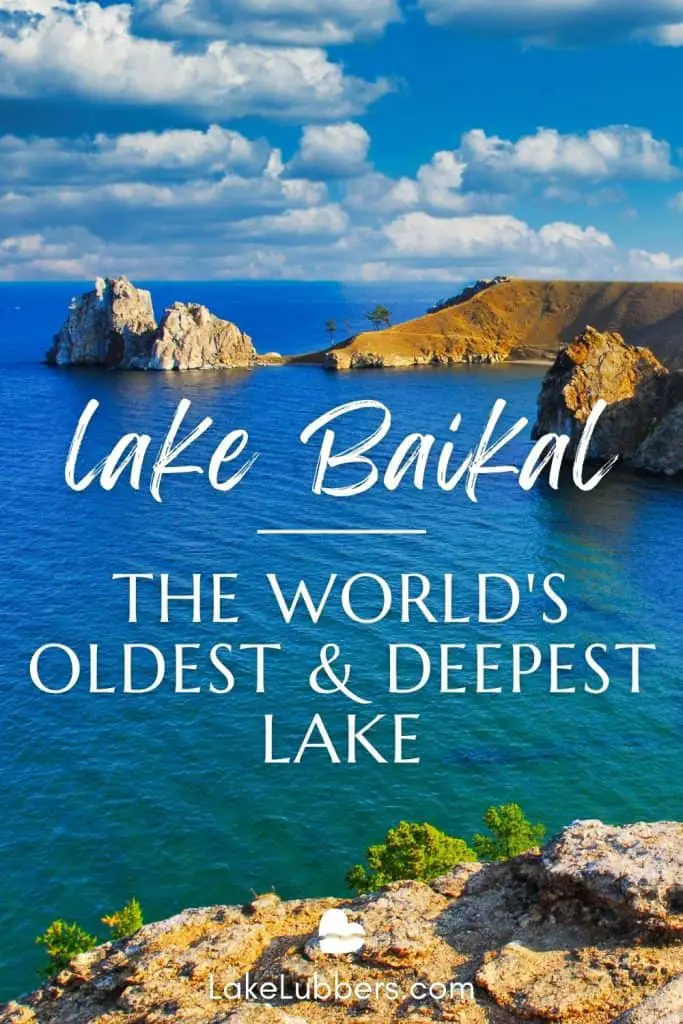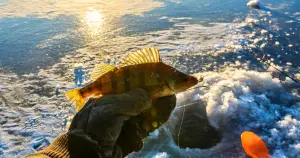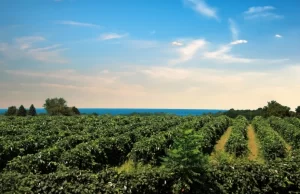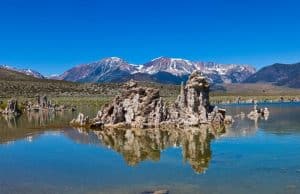This post contains affiliate links. If you click and purchase, we may earn a small referral fee at no extra cost to you. Read our full disclosure.
Russia’s national treasure, Lake Baikal, is the world’s deepest lake and our planet’s largest freshwater lake measured by water volume. Its depths reach 4,215 feet below sea level, creating a huge basin that contains about 1/5 of Earth’s unfrozen surface freshwater. It is the most important lake on Earth.
At an estimated 25 million years old, Lake Baikal is the world’s oldest lake. Due to its location, depth and volume, Lake Baikal rapidly self-purifies. And despite its great depth, the lake freezes in winter.

Lake Baikal’s well-oxygenated water helps to create unique biological habitats for at least 1,500 animal species and 1,000 plant species. Most of these are endemic, meaning they are found only at Lake Baikal; these include “nerpas” (freshwater seals) and omul salmon. The unique Goby fish — completely transparent, with no scales and comprised 1/3 of fat — surfaces at night but must stay deep during the day to prevent sunlight from liquefying its fat.
Fed by more than 300 rivers and streams, Lake Baikal boasts at least 50 species of fish. Fishing and ice-fishing are both supported by outfitters. Game fish include black grayling, perch, omul salmon, pike, umber, bullhead and sturgeon. Big game hunters pursue Manchurian deer, sable, bear, wolves, elk, lynx, wild boar, and more.
Described by the US Geological Survey as a “magnificent natural resource,” Lake Baikal is one of the most studied lakes on Earth. While clearly an unsurpassed natural wonder, this is also a natural beauty, offering clean, clear blue water and visibility that exceeds 125 feet.
Surrounding forests, the majestic Barguzin Mountains, waterfalls, warm-weather boat tours, hiking, plus excellent fishing and hunting make tourism a growing source of income for surrounding residents.



